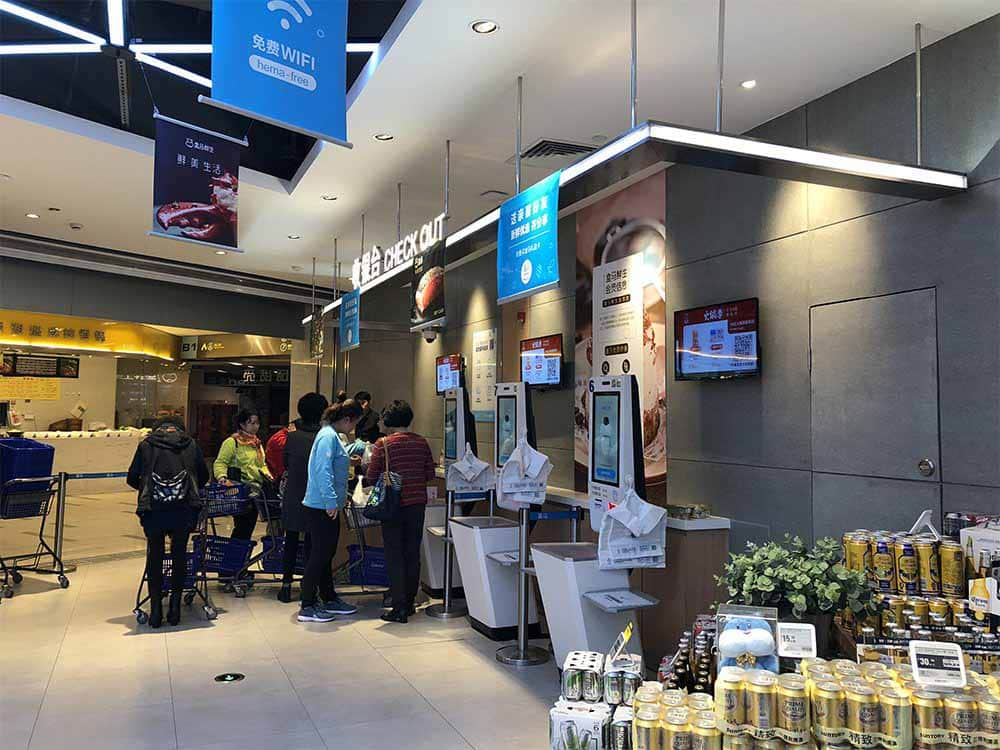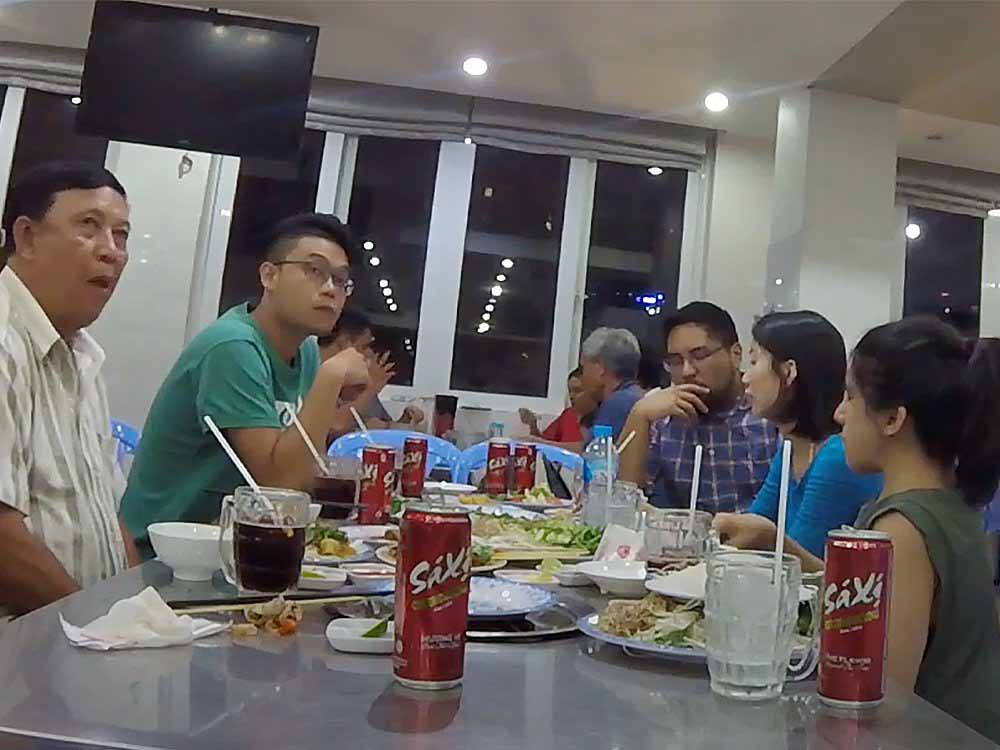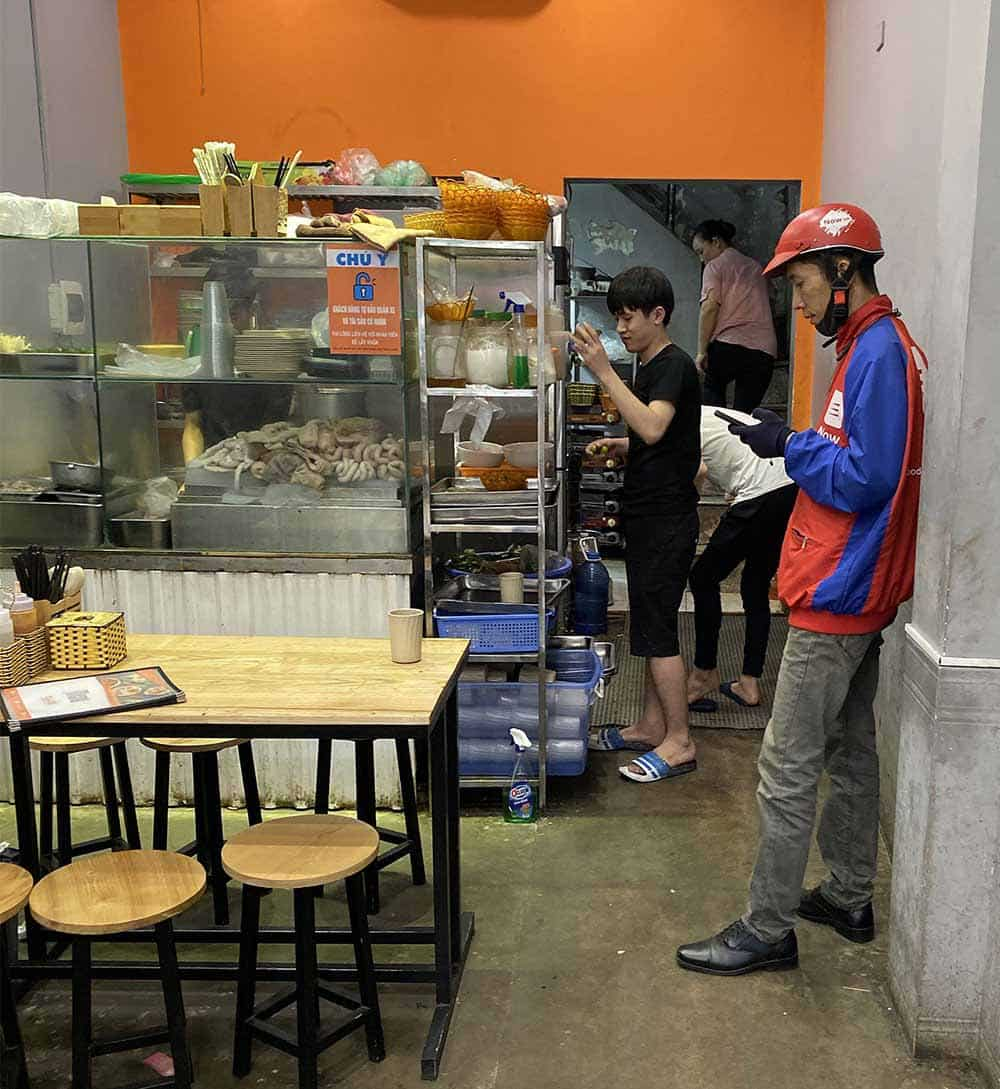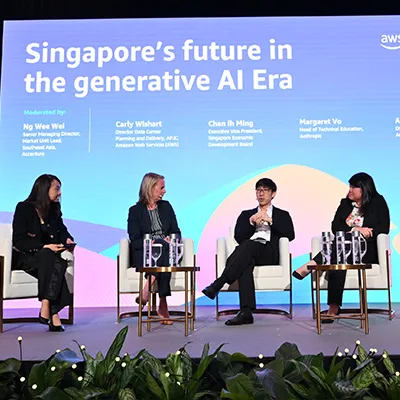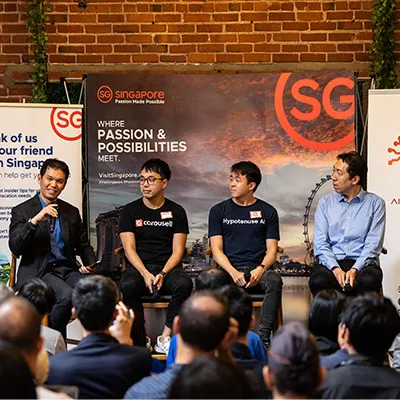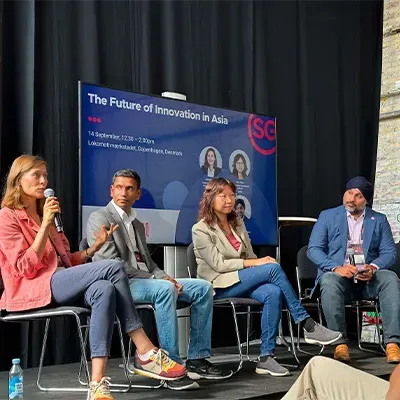When companies think about launching a tech product in SEA, it can be intimidating. Across the diversities of cultures, languages, and even regulations, SEA is not a monolith, especially as it grows to be the fourth-largest economy in the world by 2030. So how do you go about designing valuable digital experiences that drive user acquisition and business growth?
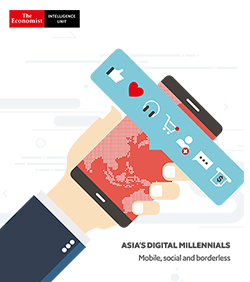
I practice inclusive design, which is a design process (not restricted to just tech interfaces) in which a product, service, or environment is designed to be as usable by as many people as reasonably possible, without the need for special adaptations. This requires user research which involves connecting with the people on the ground, collecting data that tells a story, creating user personas, and opening up the potential for social impact.
For example, if you want to introduce a bike-renting mobile app in the Philippines, you will need to connect the datasets capturing the health and wellbeing of communities to that of the local city, traffic, and infrastructure conditions. The insights derived can then be shaped into a story on the potential to make a positive long-term impact on communities through your app. In this case, the story would be that rental bikes create a more liveable and sustainable city.
Having established the potential for inclusive design to make an impact in the region, here are some tips to help you plan for SEA.
Understand the hyperlocal job-to-be-done
All product teams have biases, where we tend to believe certain user experiences will work well anywhere. In Southeast Asia, you will need to hyper-localize who you are designing for, whether it is with the local content displayed in your user interface (UI) or the user experience (UX) employed to connect with your audience.
My recommendation is to deeply study the countries you are about to launch in, through targeted surveys for example, to uncover problems and jobs-to-be-done for each demographic. For example, most merchants in the region may not go fully online and therefore need omni-channel tech solutions.
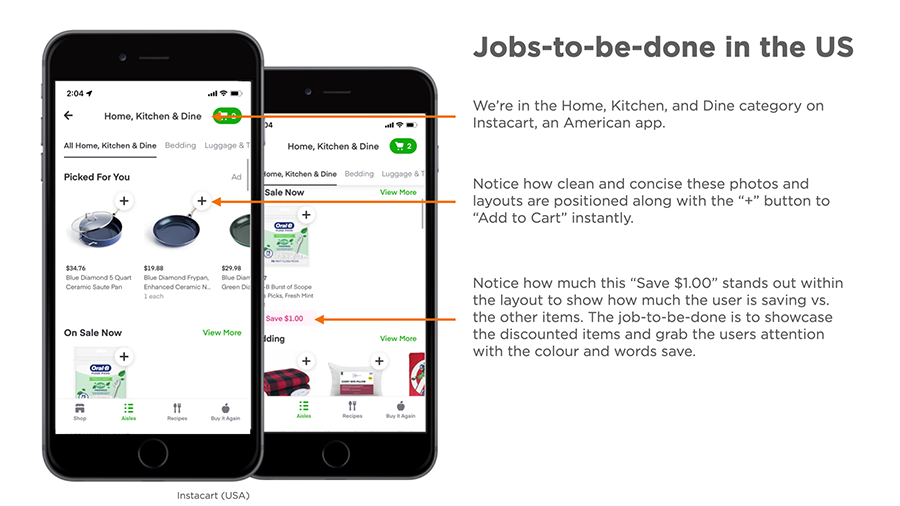
Source: Jay Demetillo
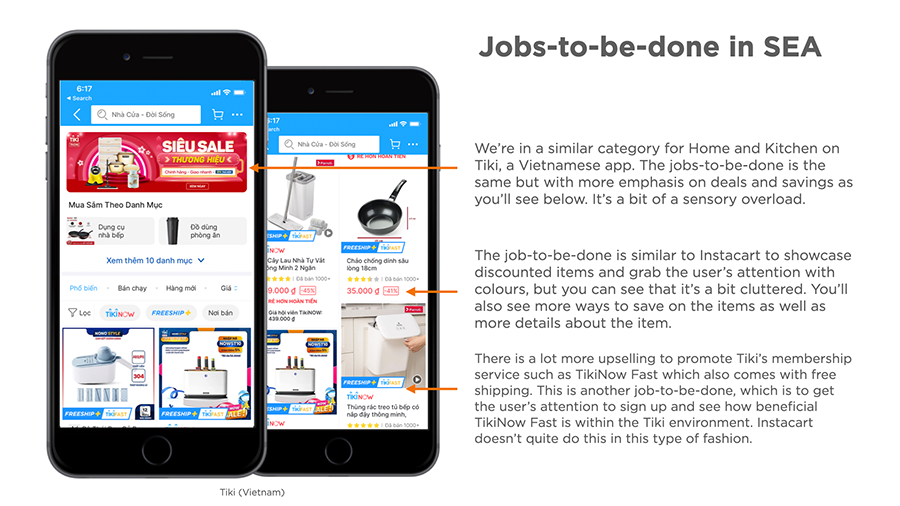
Source: Jay Demetillo
Get on the ground
One way to really get to know your market is to experience their day-to-day lives. If you are thinking about launching a digital wallet in SEA, for example, on-the-ground user research will illuminate a sub-population, likely in Tier 3 or 4 cities, that is not as tech literate and may not even have access to Wi-Fi. Capturing this market is important, but the approach will need a deeper understanding.
Admittedly, the pandemic has made it difficult to do in-person research but collaborating with people in-market will be crucial to your product's success. If you are still early in your journey of launching in Southeast Asian markets, Singapore provides a well-connected and stable base to manage regional teams and gather consumer insights.
The photos above show that on-the-ground research can be helpful in various ways. For example, in the first photo, we observed customers efficiently shop and check out from Hema, a high-tech grocery store in China that is also a subsidiary of Alibaba, by just using their AliPay at unmanned counters. Here we understood whether customers prioritised price or promotions, and whether visuals, brand or other factors influenced their purchases, shaping our views on what the UX should entail.
In the second photo taken in Vietnam, we observed how customers commonly paired food items and drinks. From this research, we deduced that a well-designed product would recommend complementary food items based on the user’s existing orders. For example, when a user orders a bowl of pho, the app would recommend an iced milk tea as well.
In the third photo, we also considered the interaction between merchants and users picking up food, especially in the interaction preferences between parties. This triggered possible ideas to use in-app artefacts and terms similar to in-person interactions to keep processes familiar.
Adapt for the culture
Finally, the tech product should be culturally suited. As an example, an e-commerce app specialising in food products and planning to launch in Indonesia should know what daily habits or cultural practices can be leveraged to drive clickthrough rates and conversions. User research would show that Indonesia has a dominant Muslim population. In my UI adaptation, I would make sure to call out "Halal” as a main category and entry point for ease of ordering as this would optimize the flow for Indonesian users.
The app may need further adaptation to cater to regional practices such as festivals and observations. For example, Indonesian consumers and merchants will have unique needs during Ramadan, the Islamic month of fasting, and the team will need to further design to support their digital experiences. Adapting to local cultures can make the difference in whether you are able to acquire more customers.
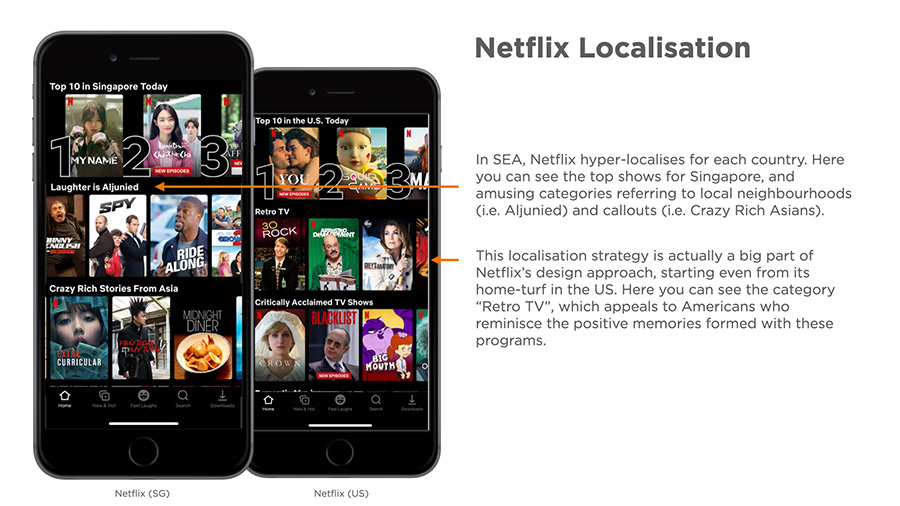
Source: Jay Demetillo
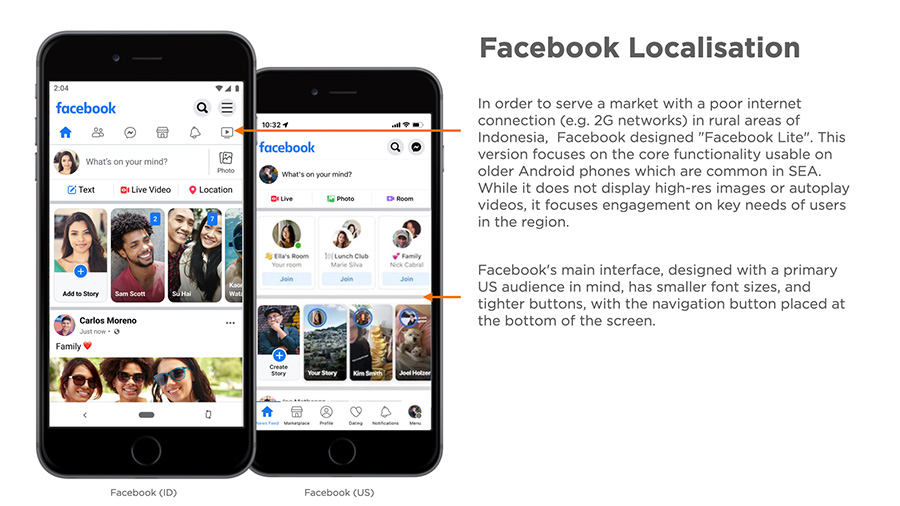
Source: Jay Demetillo
The value of design in Southeast Asia
Lastly, if you truly care about the experiences you are developing for the SEA market, do make sure to value the design and research teams involved. These teams, ideally made up of diverse individuals from SEA itself, will help you ideate, iterate, test, and ship experiences that will bring value to your product and business. The best user experiences feel like a daily habit and not a chore. Having a strong design and research team will not only help you build valuable digital interactions with your users but also generate long term growth in SEA.
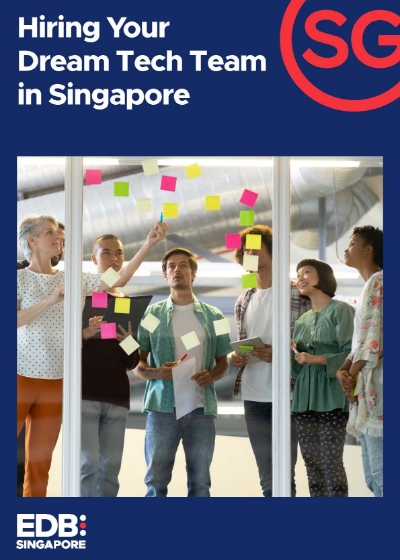
Discover how to hire tech talent in Singapore through different recruitment channels using this helpful business guide.
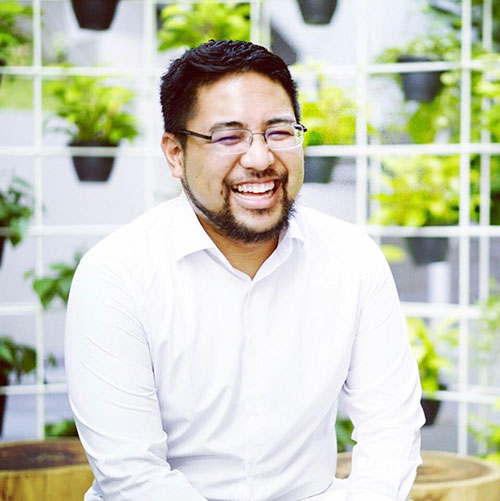
With 10+ years of experience working in New York City to San Francisco and now Singapore, Jay Demetillo has almost seen it all in the design world.
Jay has worked with Twitter, Pinterest, Yahoo, and now Grab. Jay was an adjunct professor at California College of the Arts in San Francisco and has spoken in China for Animation, Comics and Games. He’s also worked on notable projects such as the Bay Lights, Gaspar Brasserie, San Francisco’s Park System SFPark, and GrabFood. His journey has taken him from designing within the Western world ideals to now learning and adapting to SEA’s culture and technology. More information can be found on Jay's website.

